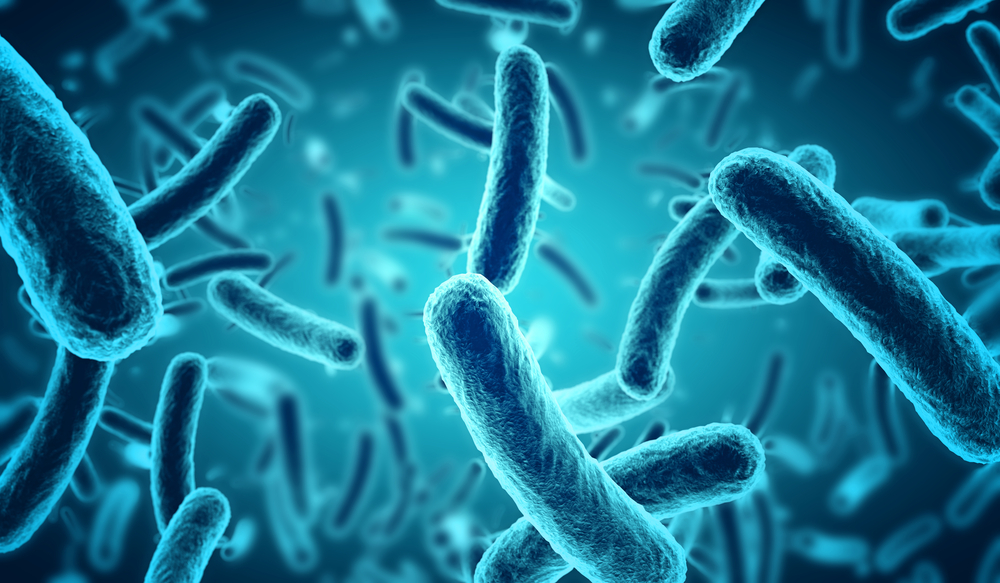Now Reading: Use of Microbial Forensic in Detection of Poison
-
01
Use of Microbial Forensic in Detection of Poison

Use of Microbial Forensic in Detection of Poison
Microbial Forensic has been define as the discipline of applying scientific method to the analysis of evidence related to bio-terrorism, bio crime, or the accidental release of a biological agent for toxin for attribution purpose. Attribution is specifically discussed with respect to biological attacks and can also used pertaining to an investigation of a planned attack. Mainly attribution is the investigative process by which is indicate the links the identify of a perpetrator of illicit the identify and the pathway leading to criminal activity. In this day the tradition types of forensic evidence such as Fingerprint, hair, fiber, and human DNA etc Forensic material collected as part of a biological attribution investigation will yield unique types of microbiological evidence that are the specific to the nature of the potential attack or the attack itself.
This microorganisms or microbes are microscopic organisms that exist as unicellular multi-cellular for cell clusters. Microorganisms are widespread in natural and are beneficial to life but some can cause serious harm. The detection of poison is the part of the forensic toxicology. The forensic toxicology deals with medical and legal aspects of the harmful effects of chemicals on human beings. Poison is a substance either it is solid liquid or gaseous which if introduced in the living body or brought into contact with any part of there will produce I’ll health or death, by its constitutional or local effects or both. The toxicology refers to toxins produced by living organisms which are dangers to every human example poisonous plants, the venom of snakes, spiders, bels etc and bacterial and fungal toxins.
Toxins are substance created by plants and animals that are poisonous to humans. Toxins also include medications that are helpful in small doses but poisonous when used in large amounts of toxins that cause problems in humans are released by germs such as bacteria.for example cholera is due to a bacterial toxin.The detection of poison by use of microbial forensic is of increasing interest and applies techniques commonly used in in diverse disciplines in order to identify microbes and determine their abundances, complexities and interaction with poison. Basically the action of most of the poison is to prevent the supply of oxygen to body tissues. Failure the availability of oxygen stop the normal functioning of the body in the victim dies.
If any person take to harms itself and if he dies during 6 to 7 hour then Forensic investigation officer collect the body then first procedures of investigation is postmortems Visceral sample /body fluids (for poison analysis Stomach, Stomach contents, small intestine, Liver, Kidney etc) should be collected and preserved scientifically by the medical officer. After that report should be sent to forensic laboratory keep all preserved visceral sample for four to five hours Visceral matter kept into a sodium chloride solution and when all visceral sample decomposes trace evidences obtain. In case of carbon monoxide poisoning, 10-20 ml blood should be collected using liquid Paraffin as preservative and should be kept in an air tight container. For gaseous poisoning (Carbon monoxide, Coal Gas, Hydrocyanic acid, Ammonia, Hydrogen Sulphide etc) in general, blood samples and lung tissues should be collected and preserved. In case of suspected poisoning by heavy metals (Arsenic, Antimony, Lead, Mercury, Cadmium etc) and the sample of scalp Hair, Nail cutting / scraping, long bones (Femur) should be preserved and forwarded. Cases having history of drug poisoning (barbiturates/opium/anesthetics etc.) the nails, hairs, brain, spinal cord should be preserved and forwarded along with viscera. copy of the Autopsy (P.M.) report with detailed observations and findings. It should also clearly mention the specific type of the poison or drugs for the detection, for which the viscera is sent and also mention if any additional analysis is required. If there is any previous analysis/ medical treatment done, reference should also be mentioned. A forwarding letter by the I.O. requesting to examine the submitted sample and informing the findings to the medical officer and indicating the viscera box is transported by the constable authorized to do so. An authorization letter from a Magistrate or relevant officer to the Chemical Examiner to examine the viscera. If possible, the statement of the witness relating the symptoms developed and the behavior of the deceased before death. A copy of the Surathal report, F.I.R if available and brief facts of the case submitted by the police and case sheet viz, name, sex, and age of the deceased and time at which P.M. examination was carried out, and account of final illness and list of drugs to which the deceased has accessed. Poisons like narcotic and morphine tested by thin layer chromatography including techniques like chromatography and spectrometer methods is used to analysis of in blood urine tissue for poisons such as salicylate paracetamol ethanol and carbon monoxide. If any cases the body is fully decomposed means various microorganism, insect attacked the body and death body is found at crime scene the examiner examine the death body. The traces amount of tissues and present on the body then the examiner collect the tissue. Forensic toxicologist when they examined the present on the body, the same procedure on the body, the same procedure are apply detection of poison.
Forensic microbial investigation are essential the same as any other forensic investigation regarding processing, the involve crime scenes investigation chain of custody, evidence collection and preservation, evidence shifting, analysis of evidence interpretation of reserves and court presentation. Forensic investigation use physical evidence to attempt to obtain information on the microorganisms the persons involved in the particular crime. Microbial forensic seeks to produce reliable conclusion quickly to solve the crime. It is also helpful law enforcement may partner with scientist from microbiology genetics agriculture and many other disciplines to identify and characterize pathogens or there toxins, implicated in microbial forensics.
Pinky Nishad has completed M.Sc. Forensic Science from Dr. Harisingh Gour University, Sagar and she has worked as Assistant Professor in SAGE university Indore, M.P in Institute of Sciences in Forensic Science department. She has multiple certification in different fields and recently honored with T.G award.










